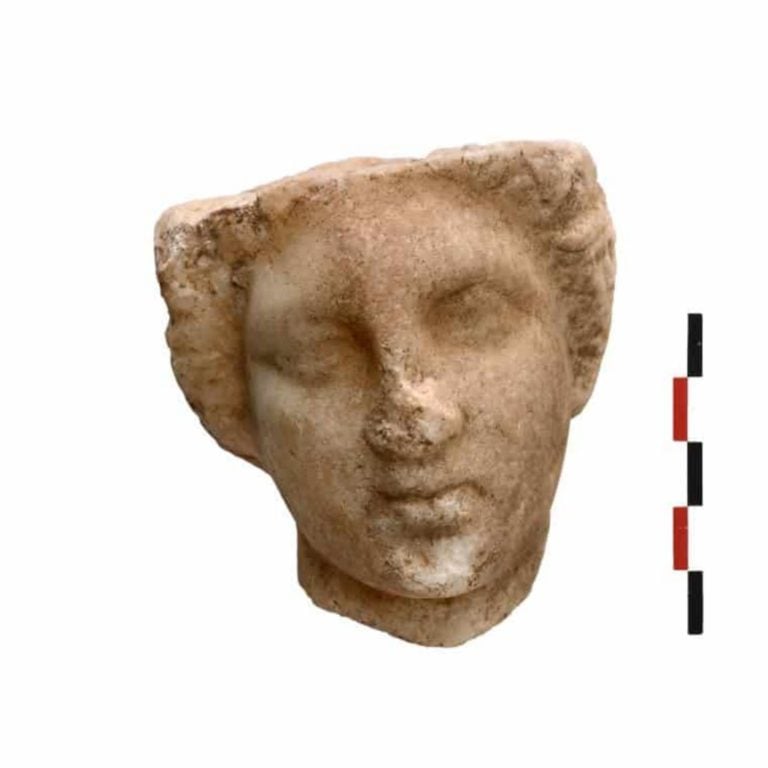A huge habitation on Kythnos island has been uncovered allowing archaeologists to obtain valuable information on Greece’s history stretching from the Protocycladic era until the 7th-8th century AD.
The site was which was unearthed in the town of Vryokastro on the Greek island of Kythnos providing the first definitive proof of a 3rd millennium BC Protocycladic settlement. The discovery was not limited on Kythnos island but a smaller settlement was found on the nearby islet of Vryokastraki, according to a statement by Cyclades Antiquities Ephorate and Thessaly University
The main town of Vryokastro and the neighbouring isle of Vryokastraki were once connected via a narrow isthmus the findings show.
Athens News Agency confirmed that the excavation took place between 24 June and 4 August unearthing among Protocycladic ruins an early Christian basilica with later additions, with its two towers and exterior walls almost intact.

The archaeologist also accessed a number of well preserved rectangular rooms partly carved from rock containing obsidian tools and pottery shards.
A first study also shows that the site had been re-inhabited in the 12th century BC after a period of abandonment. The settlement appears to have been continuously inhabited from that time until the 7th or 8th century AD.
The location shrank until it was completely abandoned in the early Byzantine when the few remaining residents moved to the fortress now known as Orias Castle.









